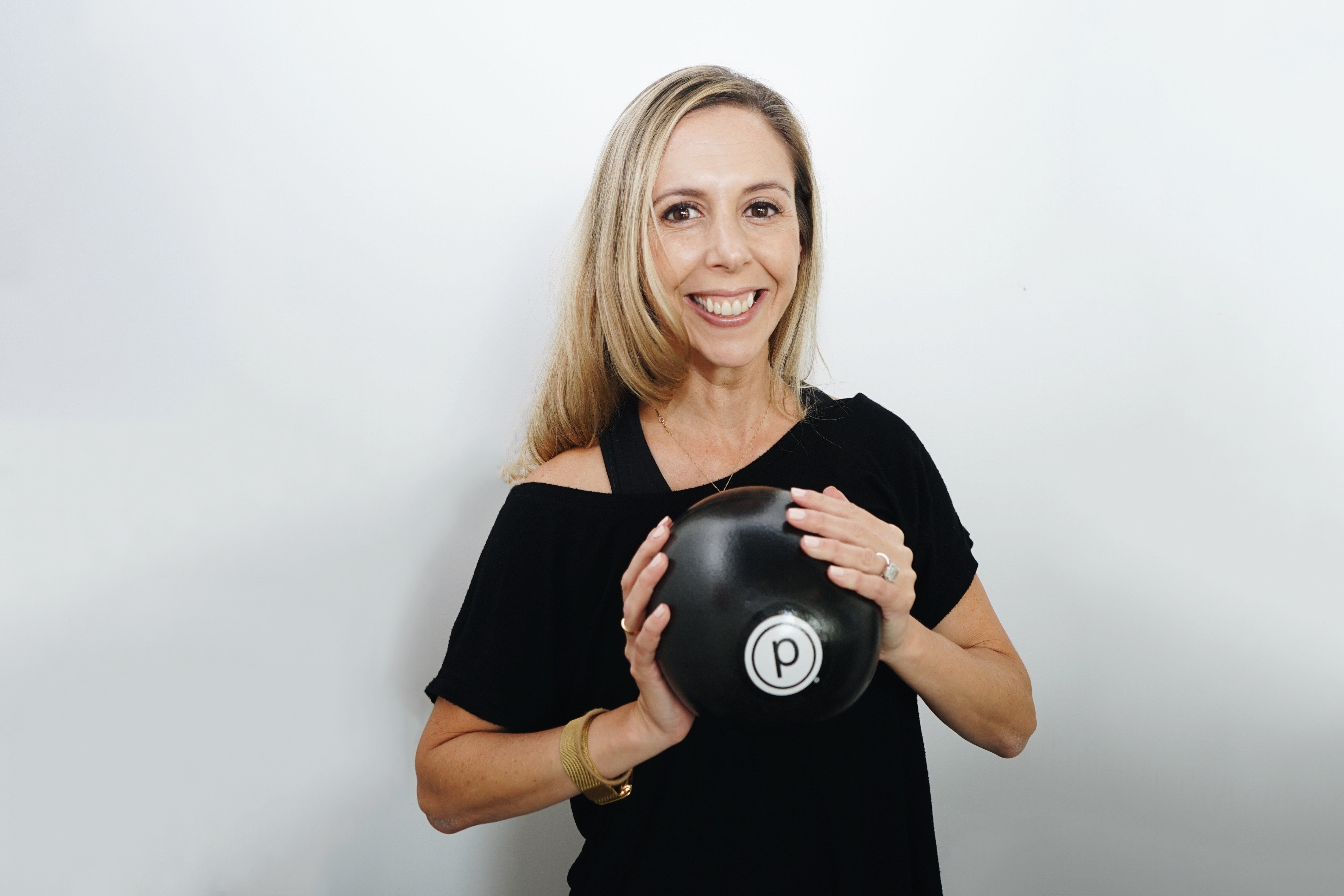November is National Diabetes Month, and we spoke to Pure Barre member Rebecca Donnenburg, RD CSO, LDN about the role nutrition plays in preventing diabetes. Read her tips below!
National Diabetes Month is a time that communities, including our Pure Barre one, seek to bring attention and awareness to diabetes and the impact it has on the general population. Diabetes, a disease that occurs when your blood glucose (also known as your blood sugar) is too high, affects about 38 million Americans. Type 1 Diabetes is an autoimmune disease often diagnosed in younger people, although it can develop at any age. For those with Type 1 Diabetes, the beta cells of the pancreas do not make insulin, or make so little that outside insulin is required. In Type 2 Diabetes, the body does not use insulin properly; otherwise known as insulin resistance. Type 2 Diabetes is more commonly diagnosed in middle aged and older adults but the prevalence in younger people is increasing. Taking charge of your health, however, can help prevent diabetes health problems.
Aside from diet, regular physical activity plays a crucial role in preventing diabetes. When you are active, your cells become more sensitive to insulin so it works more effectively to lower your blood glucose. The Standards of Medical Care in Diabetes recommends getting 150 minutes of moderate-intensity aerobic exercise per week; that’s just 3 Pure Barre classes of 50 minute duration! Studies have shown that this glucose reduction is most prominent when the exercise is done after the meal consumption. Engaging in activities such as walking, dancing and Pure Barre can lower your blood sugar during the workout and up to 24 hours after.
Vigorous activity within those 50 minutes of your Pure Barre class, such as a thigh sprint in Classic or using a medium-heavy weight in Define also provides anaerobic exercise which is beneficial in blood sugar management. Short spurts of intense activity like this helps pull glycogen (a form of glucose) from the muscles to be used for fuel.
In addition to prevention or delay of onset of type 2 Diabetes, regular physical activity can positively impact blood pressure, cardiovascular events, mortality and quality of life.
Some key takeaway points:
- Through healthy diet and physical activity, you can help reduce the risk of diabetes health problems
- Regular participation in exercises like Pure Barre can help improve insulin sensitivity, reducing the risk of Type 2 Diabetes
- Physical activity helps to manage weight which is crucial for diabetes prevention. It also lowers risk of cardiovascular complications often associated with diabetes
- Exercise can enhance mood through endorphin release and lower stress levels which is beneficial as stress can can negatively affect blood sugar levels
- Engaging in physical activity that is enjoyable and sustainable encourages consistency which is essential for long term health benefits
Disclaimer: This post is for general information and not intended as medical advice. Rebecca Donnenberg, RD CSO, LDN is a Registered Dietitian but information obtained here does not replace the advice of your own doctor, dietitian or healthcare team.
Resources:
Center for Disease Control https://www.cdc.gov/diabetes/living-with/physical-activity.html
American Diabetes Association https://diabetes.org/health-wellness/fitness
https://diabetesjournals.org/care/issue/46/Supplement_1
National Institute of Diabetes and Digestive and Kidney Diseases https://www.niddk.nih.gov/health-information/community-health-outreach/national-diabetes-month
